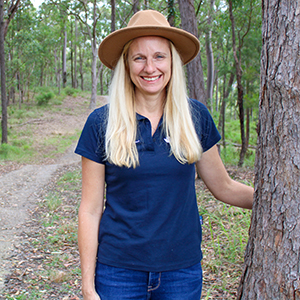Children and youth with autism spectrum disorder (ASD) engage in less physical activity than their peers, a University of Toronto study has found.
The research, published recently in Autism, examined the relationship between parents’ support for physical activity and physical activity levels of children and youth with autism spectrum disorder.
“We know that parent support for physical activity is critical for engaging children and youth with disabilities in physical activity, although it may be especially important for children and youth with ASD due to the barriers they face beyond those experienced by their peers without disabilities,” says Denver Brown, a former post-doctoral researcher at the Faculty of Kinesiology & Physical Education and lead author of the study.
He explains that, at the individual level, children and youth with ASD may engage in less physical activity due to social, behavioural or motor impairments. But there are also environmental factors, he says, such as the limited availability of inclusive physical activity programming and staff who are trained to work with children and youth with ASD in those settings.
“Understanding factors that promote physical activity among children and youth with ASD is critical for shaping lifelong physical activity patterns that are known to be established during these formative life stages,” Brown says.
The study, done in collaboration with researchers from the University of British Columbia, Queens University and York University, focused on a specific sub-sample of participants from a larger five-year National Physical Activity Measurement (NPAM) study that is led by KPE’s Associate Professor Kelly Arbour-Nicitopoulos and funded by Canadian Tire Jumpstart Charities. NPAM looks into the movement behaviours such as physical activity, sedentary behaviour and sleep among Canadian school-aged children and youth with disabilities.








